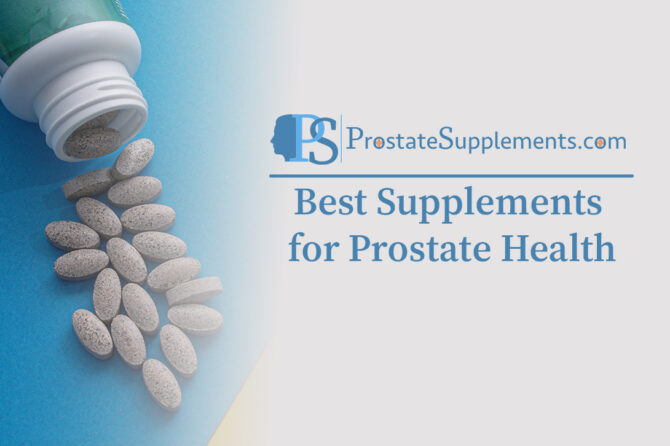
Octodrine (DMHA) and Prostate Health
Octodrine, also known as DMHA (1,5-Dimethylhexylamine), is a psychoactive stimulant originally developed in the mid-20th century as a nasal decongestant and bronchodilator. In recent decades, it has resurfaced in the fitness and supplement industry as a pre-workout additive and fat-burning aid, primarily due to its structural similarity to DMAA (1,3-dimethylamylamine). While research on Octodrine’s cardiovascular and neurological effects is gradually increasing, very little has been specifically documented about its impact on prostate health and urinary function.
Pharmacological Profile of Octodrine
Octodrine is classified as a central nervous system (CNS) stimulant with sympathomimetic properties, meaning it mimics the actions of the sympathetic nervous system. Its primary mechanisms of action include:
- Release of norepinephrine and dopamine, leading to heightened alertness, focus, and energy.
- Bronchodilation and vasoconstriction, originally exploited for respiratory relief.
- Appetite suppression and mild thermogenic effects, contributing to its use in weight management.
Because of these properties, Octodrine is commonly included in pre-workout supplements, fat burners, and energy formulas, although regulatory approval varies significantly between countries.
Octodrine and Prostate Health
1. Direct Effects on the Prostate
There is currently no direct scientific evidence linking Octodrine with improved or worsened prostate health. Unlike plant-based phytochemicals (e.g., saw palmetto, pygeum, or beta-sitosterol), Octodrine has not been studied as a therapeutic compound for conditions such as benign prostatic hyperplasia (BPH) or prostatitis.
However, based on its pharmacology, several theoretical implications can be discussed:
- Vasoconstrictive action: Reduced blood flow to pelvic tissues may indirectly influence prostate function or exacerbate urinary retention in men with pre-existing BPH.
- Adrenergic stimulation: Alpha-adrenergic receptor activation may increase smooth muscle tone in the prostate and bladder neck, potentially worsening urinary flow resistance.
- Neurostimulatory effects: By increasing catecholamines, Octodrine may indirectly raise stress hormone levels, which in turn have been correlated with prostate inflammation and urinary dysfunction in some studies.
2. Indirect Influence via Lifestyle Factors
Octodrine’s use in sports and weight management may indirectly benefit prostate health through mechanisms such as:
- Weight reduction: Obesity is a recognized risk factor for prostate enlargement and prostate cancer progression.
- Increased physical activity: Exercise improves urinary function and reduces metabolic stress, which is beneficial for prostate health.
Thus, while Octodrine itself may not be prostate-protective, the lifestyle modifications it supports could be indirectly beneficial.
Octodrine and Urinary Function
The relationship between Octodrine and urinary health is largely theoretical, but several considerations exist:
- Potential for urinary retention: Due to its adrenergic effects, Octodrine may tighten smooth muscle around the bladder neck and urethra, which can worsen symptoms in men with BPH.
- Stimulant-induced dehydration: Increased metabolism and perspiration may reduce fluid availability, potentially leading to concentrated urine, which can irritate the urinary tract.
- Possible short-term relief in respiratory-linked urinary dysfunction: Its bronchodilatory and decongestant properties may have systemic effects, but this remains speculative.
Currently, no clinical studies confirm Octodrine’s safety profile for men with pre-existing urinary conditions.
Ingestion Methods of Octodrine
Octodrine is not approved as a prescription medication in most countries, but it is available as a dietary supplement ingredient. Ingestion methods include:
- Capsules/Tablets – Found in pre-workout supplements or fat burners. Typical doses range from 75–150 mg/day, although formulations vary widely.
- Powder Form – Sometimes sold as bulk powder for mixing with water or energy drinks.
- Combination Formulas – Commonly paired with caffeine, beta-alanine, or yohimbine to enhance stimulant effects.
Safety Considerations
- High doses may cause elevated blood pressure, rapid heart rate, anxiety, or insomnia.
- Contraindications: Men with prostate enlargement (BPH), hypertension, or urinary difficulties should avoid Octodrine due to potential aggravation of symptoms.
- Regulation: In some countries, Octodrine is banned or restricted due to concerns about safety and lack of clinical testing.
Miscellaneous Data and Observations
- Historical medical use: Octodrine was once prescribed as a nasal decongestant, suggesting that its safety profile at therapeutic doses was considered acceptable in the mid-20th century.
- Modern controversy: Its similarity to DMAA has raised concerns about cardiovascular strain, leading to scrutiny from health authorities.
- Research gap: Virtually no peer-reviewed studies focus on its effects on prostate health or urinary outcomes, highlighting the need for future clinical investigation.
Conclusion
Octodrine (DMHA) is a potent stimulant with growing popularity in sports and fitness supplementation. While it offers increased energy, focus, and weight management benefits, its implications for prostate and urinary health remain unclear. Current evidence suggests caution, particularly for men with BPH or urinary dysfunction, as its adrenergic effects could theoretically worsen symptoms.
Further research is needed to clarify whether Octodrine poses a risk or potential indirect benefit to prostate health. Until then, men concerned with urinary or prostate conditions should approach Octodrine supplementation with medical supervision and caution.
Leave a reply

Leave a reply